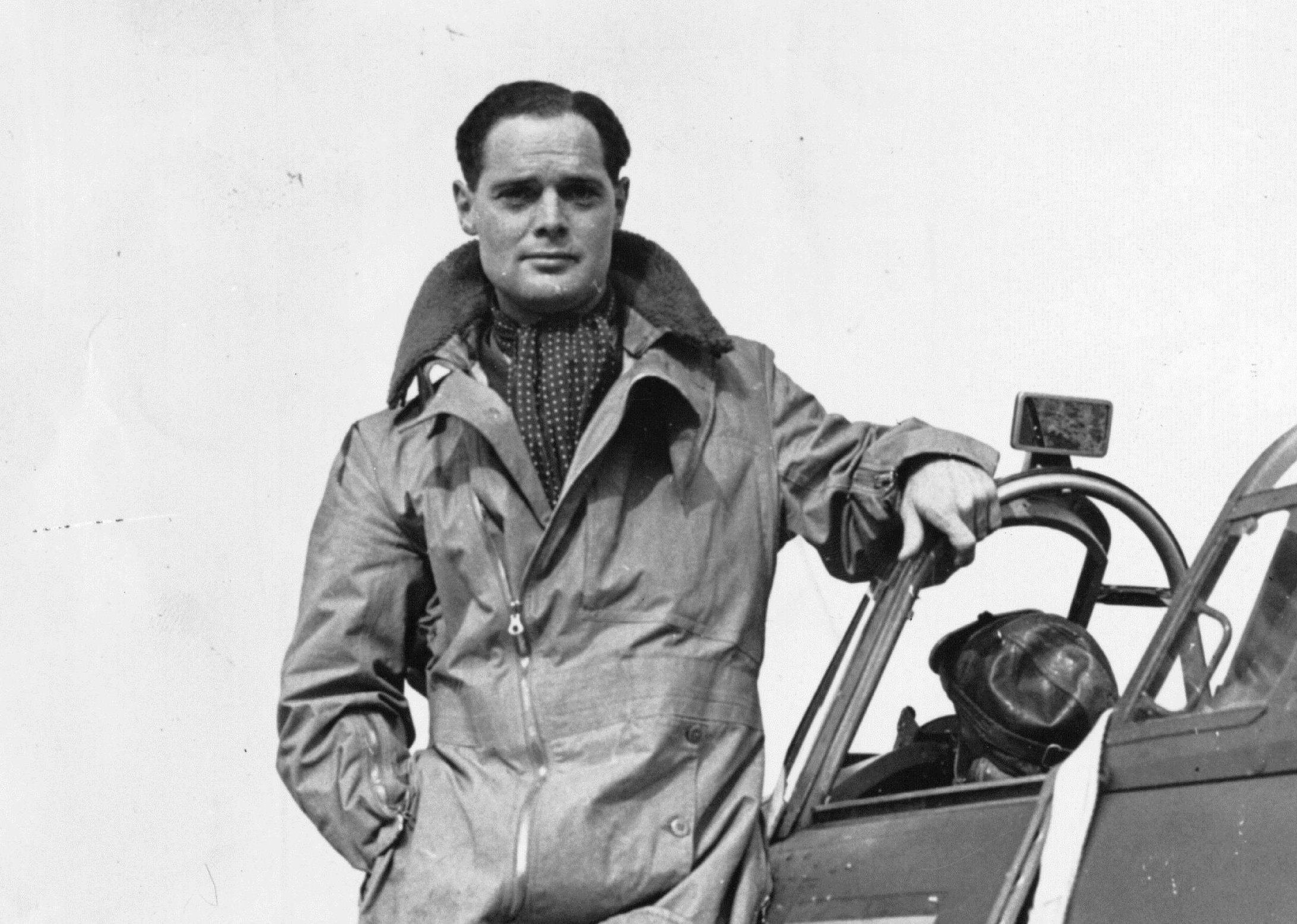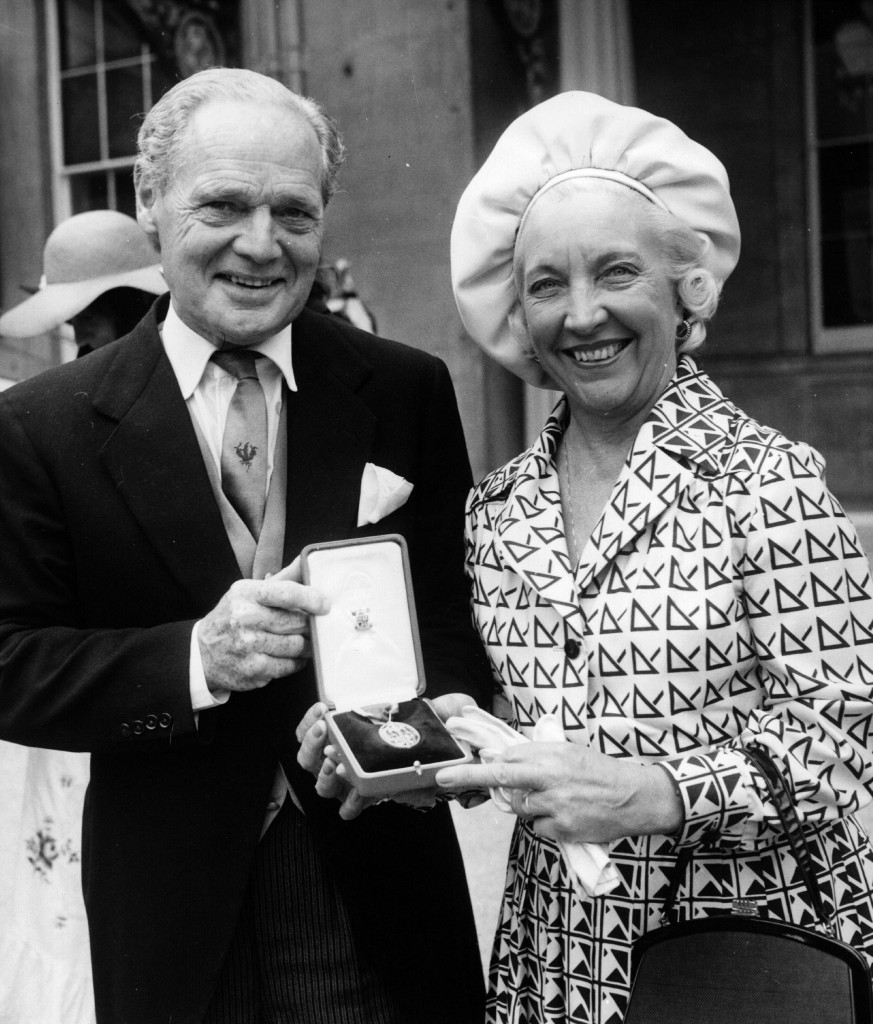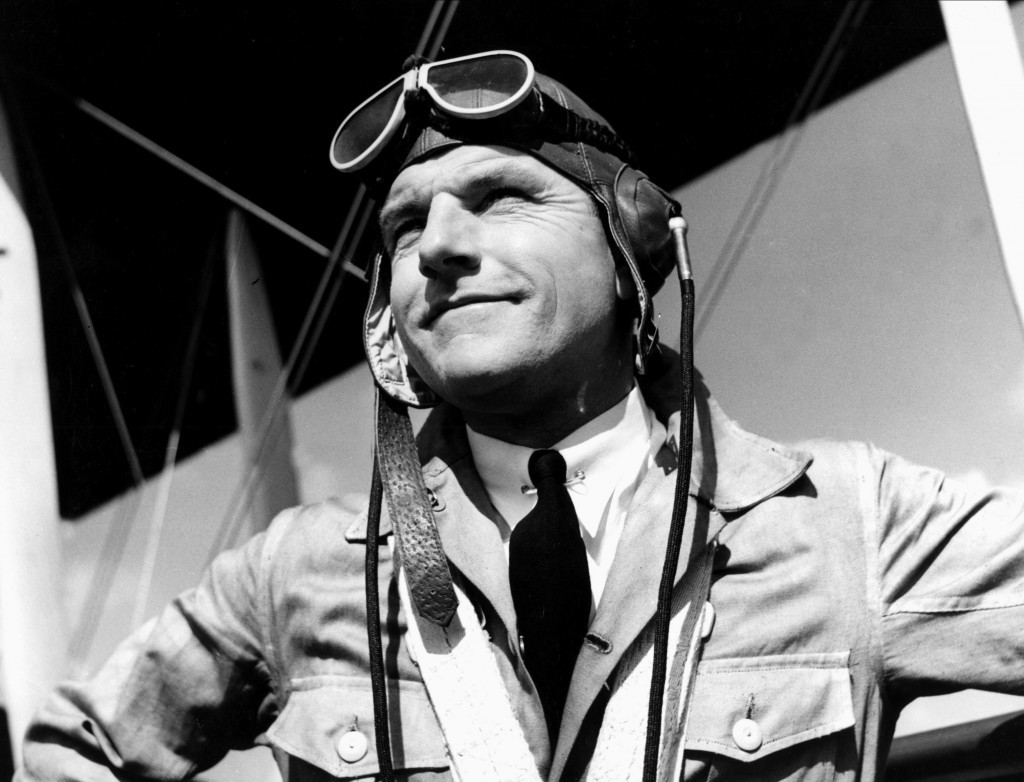
Douglas was born in St John’s Wood, London, in February, 1910, and when his civil engineer father had returned to his job in India, little Douglas was packed off to relatives on the Isle of Man.
He had just arrived in India himself, as a three-year-old, when the family started packing to move back to England.
Frederick, his dad, would see action with the Royal Engineers in the Great War, and was wounded in 1917.
Tragically, his injuries would see him kept at Saint-Omer for five years, when complications finally killed him.
In a twist of fate, Douglas would be forced to bail out and was subsequently captured at the same place almost 20 years later.
His mother had remarried, his stepfather being the Reverend Ernest Hobbs, a man who showed little eagerness to be a proper father to him.
Mother Jessie seemed to have little interest in Douglas, either, and he was as often with relatives as with her and Ernest.
Did it toughen him up early on? You can only imagine it must have, and the signs were there when he shot his brother with an air rifle, got into regular trouble at school and generally caused mayhem.
By his own admission, he was still a reckless chap who would take risks when he went up in a plane and lost both legs — “It was my own fault,” he would famously say, of the horror accident in 1931.
And it was. Bader was perfoming aerobatic stunts at low altitude — something he’d been warned not to do.
One leg was gone from below the knee, the other from above the knee, but he would dismiss it the rest of his life, saying simply: “I went through the same pain and grief that everyone else has experienced under similar conditions.”
If it sounds bluff and no-nonsense, he was that kind of guy. To the nation, it made him a superhero, how he seemed to shrug off such a life-changing event and grab life with both hands.
“People have said: ‘Wasn’t it an awful shock’?” Douglas would reveal. “The answer was, ‘No.’ It ceased to impress me, and the effort to walk on artificial legs was yet to come.
“The sole requirement was to get physically strong once more.”
Physically, yes, but he never struggled mentally — anyone around him at that time would remark on his mental strength and will to get through this and back to normal.
Bader sweated blood to not only get his new legs working, but to be driving a special car, to play golf and, perhaps most extraordinary of all, to dance again!
It says much about how impressive the man was that at this tortuous time, he met and fell in love with Thelma Edwards, who would become his first wife.
A waitress at a tearoom in Surrey, he would get her up the aisle in under three years, but 1933 was also a year of misery for him.
Having just about convinced the RAF he could still fly, they had a change of heart and he was invalided out, to his fury and frustration.
If a supposedly cushy job with a petrol company would have given him a comfy life, he was having none of it, and became the biggest pest the RAF had ever known.
Douglas simply bombarded them with reminders that he was about, ready, willing and able to fly.
As the tension built towards war, he got harder to ignore. They would need courageous heroes, and this chap had already more than proved himself in that respect.
When the Central Flying School invited him to flight trials in 1939, he was in the car and straight there before he’d finished reading their letter.
Eight years after his horror accident, he flew solo again for the first time, naughtily turning the plane upside-down at 600 feet, as if to say: “Look, I’m not just OK at this, I am fantastic!”
The top brass didn’t need more convincing. He was posted in early 1940 to RAF Duxford near Cambridge, at 29 a bit older than his new colleagues and certainly utterly unlike any of them.
It was here that Douglas first cast his eyes on this new-fangled Spitfire.
Incredible as it seems, he found himself having the ideal advantage when flying one of these amazing machines — while G-force turns would drain blood from pilots’ heads to their legs, causing them to faint, he had no legs and therefore no such problem!
OK, there was a take-off crash, and a head injury, and Bader had obviously not lost that reckless streak.
But, like footballers who party a bit too hard whilst being sensational on the pitch, they put up with Douglas’s “little idiosyncrasies” because of his flair and skill.
He would show plenty of that during the battles over British skies. A total of 20 aerial victories, four shared ones, six probables and at least another 11 enemy aircraft damaged — it still makes incredible reading.
For a pilot with no legs, it is just as well the records can prove it or we’d say it was made up from a movie.
The cinema world, of course, would firmly add to the Bader legend, and many Brits of a certain generation picture Kenneth More when the name Bader is mentioned.
Reach For The Sky, a 1956 British-made film, starred More as Bader, clinching that year’s BAFTA for Best British Film.
For perhaps the one and only time, movieland didn’t have to make up a thing!
Still a giant among British heroes, Bader’s fame made Reach For The Sky a huge hit. Kenneth More even had his legs encased in uncomfortable aluminium, to get an approximate feel for how it really was, and he played the part perfectly.
Eventually captured and imprisoned at Colditz, one of Bader’s escapes had seen the Germans put up posters, saying to look out for a man who “walks with a stick”.
When someone sent Bader one of the posters many years later, he roared with laughter. Douglas Bader certainly did not use a stick!
We can only guess that his later life — he lived to 72 — might have felt a bit dull compared to his Second World War glory days.
He worked with planes, of course, and spent every second he could with Thelma, in her battle with throat cancer, and later married Joan Murray, a steel tycoon’s daughter.
He also did much good work with the Douglas Bader Foundation, helping other disabled people.
“The goal of a disabled person surely is to get back to normal as far as is reasonably possible,” he said. “To my way of thinking, a disabled man who has achieved independence is no longer disabled.”
They don’t make men like that any more.

Enjoy the convenience of having The Sunday Post delivered as a digital ePaper straight to your smartphone, tablet or computer.
Subscribe for only £5.49 a month and enjoy all the benefits of the printed paper as a digital replica.
Subscribe
